
@REINAREBELDE | Design by Zackary Angeline .
My mom grew up in East Los Angeles—an influential neighborhood with a predominantly Mexican and Mexican-American populace—and relocated in the seventies when she was nine. She was still too young to wear makeup or fully embrace the chola culture, but to this day, I wonder how she, and I, would be different if she never left.
Its a whole aesthetic: dramatic cat-eye liner, matte foundation, pencil-thin eyebrows, and lips that don a dark and defined liner, often worn in conjunction with hoop earrings, gold nameplates, ornate acrylic nails, and baby hairs slicked down and shaped baroquely along the hairline. I know this look well. While my mom never fully adopted it, it was one my older cousins perfected. Its distinct, flamboyant, and fierce, not in fashun speak, but in a toughness passed down for generations. Ask any one of its current adapters, and shell proudly explain how she came to it through her mamas, tias, and abuelas collective experiences. Its a beautiful blend of glamour and inherent feminine strength that pays homage to a unique geographic subculture.
In the forties, Chicana women wore an early adaptation of pompadours and zoot suits and identified as pachucas. By the sixties, chola style became synonymous with first- and second-generation Mexican-American youths of Southern California influenced by doo-wop music, enamored with lowrider cars, and often associated with gangs. The chola subculture remains documented in the pages of publications past and present like Teen Angels, Lowrider, and Mi Vida Loca, highlighting everything from cholo art, fashion, tattoos, and even moral codes. Today, the look is just as powerful. Regina Merson, founder and CEO of Reina Rebelde, says one of the biggest misconceptions about the look is it was one that came and went in the 90s: "It is still very much alive and well." It even boasts a trickle-up effect enjoying a resurgence on a national and international scale, sampled and re-contextualized by fashion designers, pop singers, and celebrity starlets regularly.
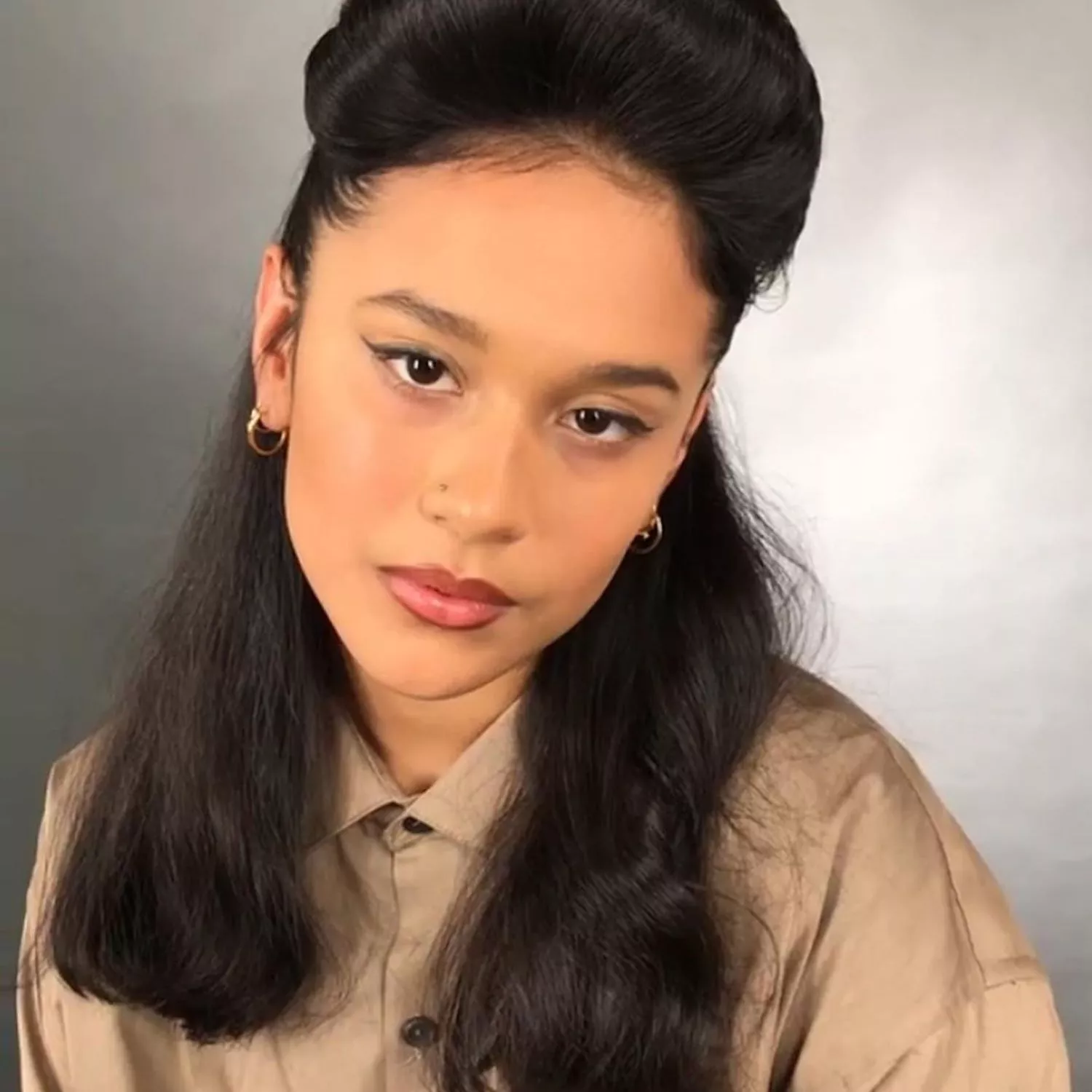
@ladysoulfly
At Givenchys Fall 2015 show in Paris, models graced the runway in gelled baby hairs and braided hair loops to evoke what designer Riccardo Tisci called a "chola Victorian" look. The previous season, New York-based label The Blonds also dressed their models in artfully slicked baby hairs, with the addition of dramatic cat-eye wings and gold appliqué teardrops. They dubbed their lineup of models "gangsta genies." But as the Chicana-owned look thrives in the world of high fashion, the question of appropriation inevitably follows.
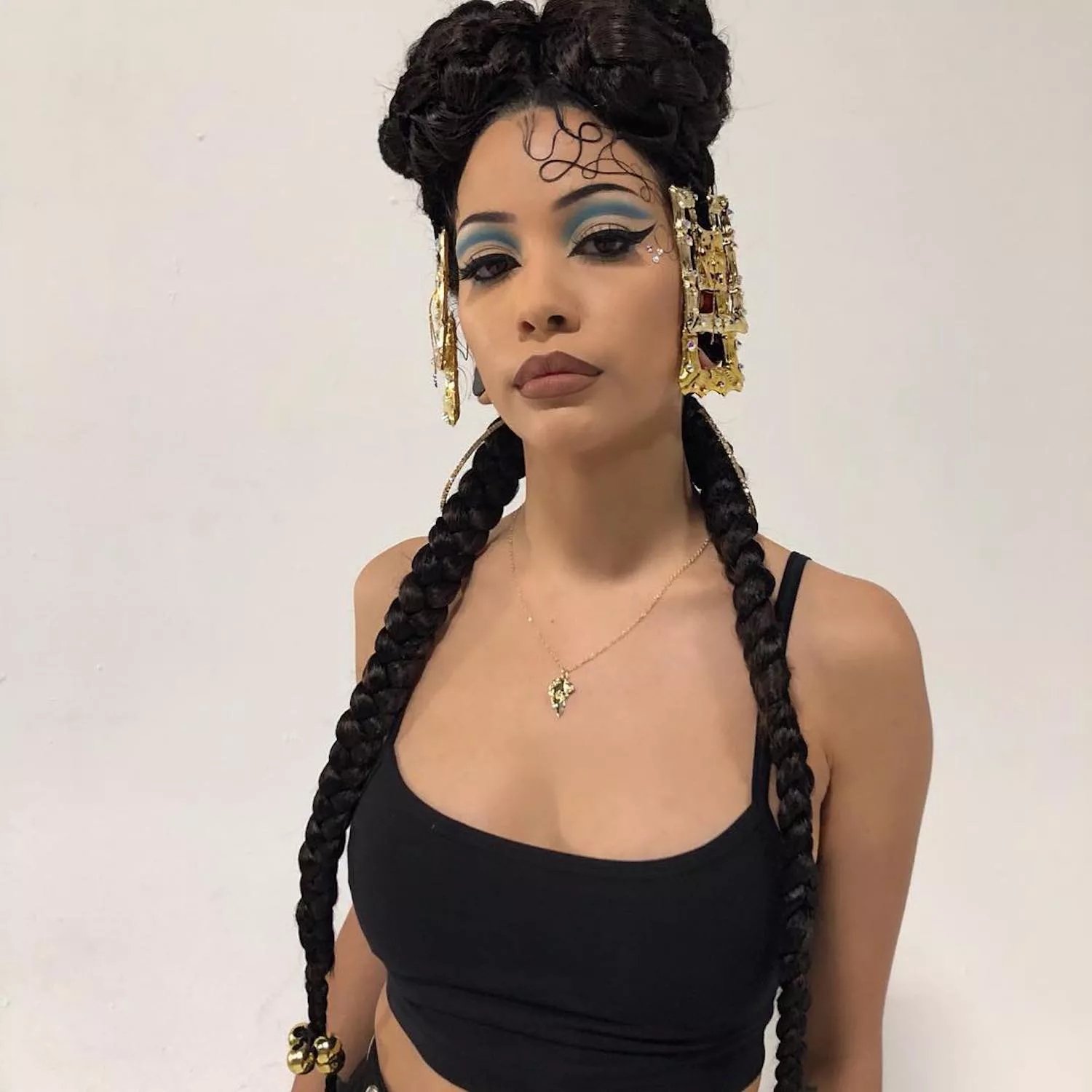
@ladysoulfly
Possibly the longest-running non-Latinx celebrity to adopt the aesthetic is Gwen Stefani. Although she grew up in Anaheim—another neighborhood with deep-rooted Hispanic-influence—blonde-haired, fair-skinned Stefani could not seem to kick the pencil-thin eyebrows, darkly outlined lips, ribbed tank tops, and pinstriped lowriders in her videos for the better half of the early 2000s. In 2013, Rihanna wore a Halloween costume, in which she not only posed in gold hoops, dark lip liner, a flannel fastened only at the top button, and a gold nameplate—she held up the westside sign with her fingers and gave herself a chola name, Shy Girl, which some could particularly view as an egregious example of appropriation, or worse, exploitation.
When affluent celebrities imitate the look while having no ties or cultural roots and offering little recognition of its history, it flies in the face of the aesthetics broader significance and gets stripped of its context. Its off-putting at best and offensive at worst. It delivers a dysfunctional idea that an elaborate outfit or stereotypical costume is all you need to enter into a culture. However, the chola look is more than just a fashion statement—it was a signifier of struggle and a hard-earned identity conceived by a culture that experienced violence, gang warfare, poverty, and conservative gender roles.
On the other hand, seeing that the style perfected by our abuelas and tias being adopted by fashion icons, worn by celebrities, and hanging in mass retailers is a sign of mainstream acceptance. Jalisco-born makeup artist and founder of Araceli Beauty, Araceli Ledesma, says she loves seeing chola-inspired representation in the fashion and beauty industries. "I think culture is meant to be shared and learned from—I love seeing other people embrace any part of my culture—as long as you are respectful." Who really can blame them for wanting to get in on a subversive and feminine fierceness anyway?
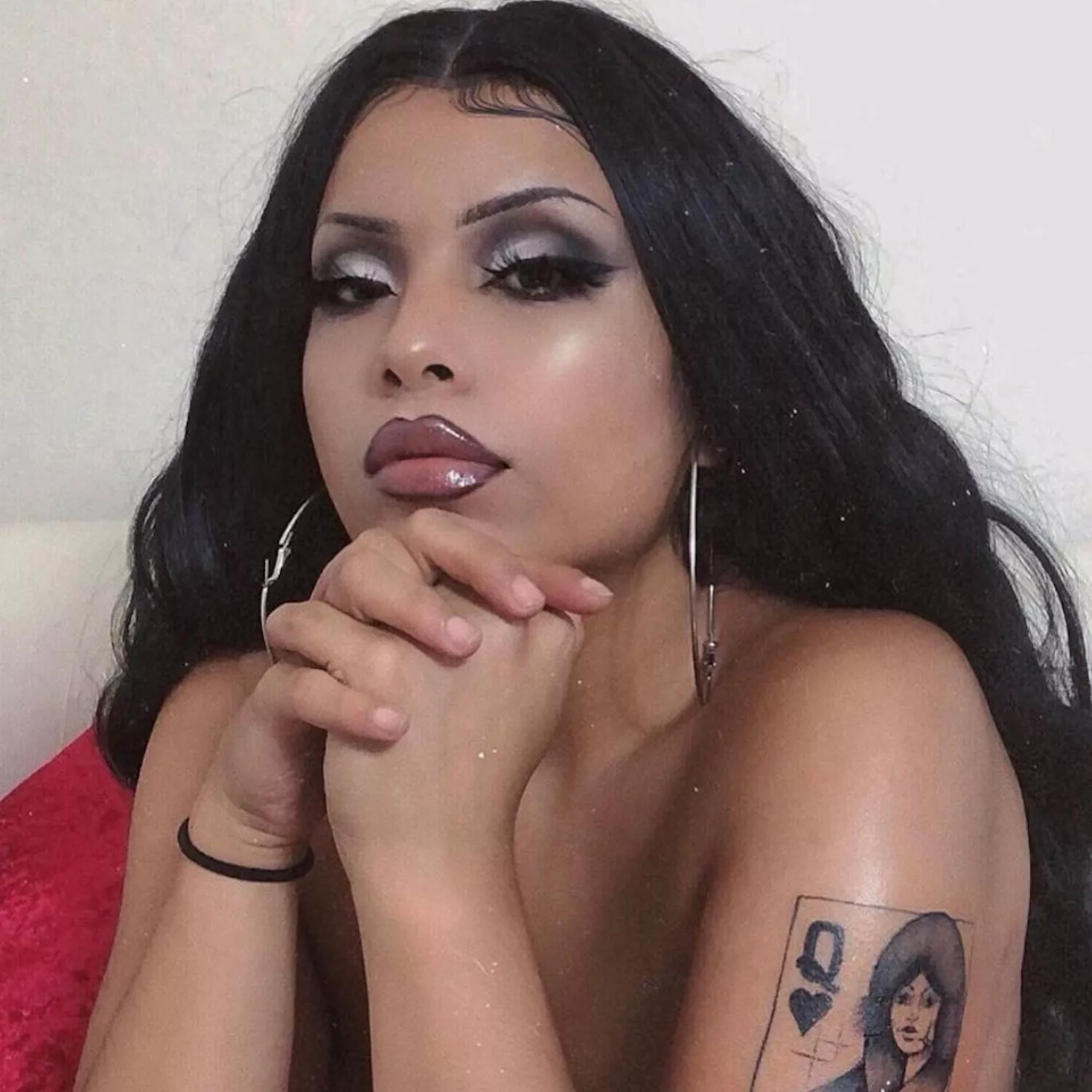
@reinarebelde
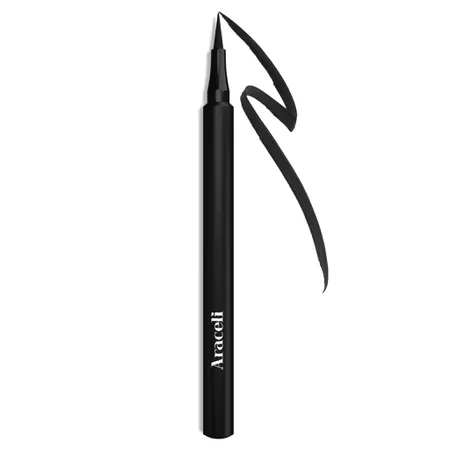
Night/Noche Ojos Perfectos Liquid Eyeliner
$20.00
Shop
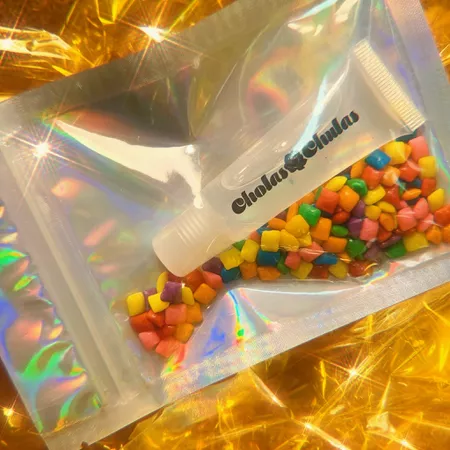
Buchona Lipgloss
$11.00
Shop
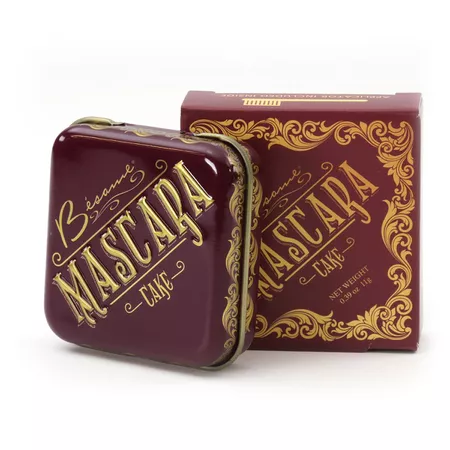
Cake Mascara
$25.00
Shop
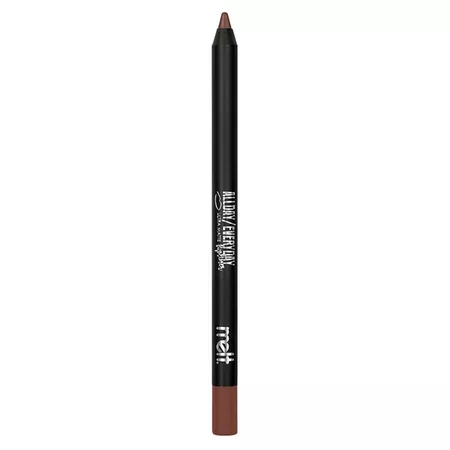
Foxy Lip Pencil AllDay/Everyday Lip Liner
$17.00
Shop

Frida Brow Paint
$16.00
Shop
Perhaps the best thing to come of mainstream media conjuring the identity is how its introduced the look to the masses. It paved the way for a new wave of Latinx-centric beauty brands to celebrate generations-worth of influence while competing with major industry players. Makeup brands like Cholas x Chulas, Bésame Cosmetics, and Melt Cosmetics are well on their way to beauty domination, all catering to Latinas, who have a unique relationship with makeup. Possibly the most mainstream of all, makeup brand Reina Rebelde can be found in retail giants like Amazon and Target and also launched a capsule collection nationwide at Walmart this month. Above all, its a sign that chola subculture has made its mark not just on pop culture and the beauty industry, but also on the world. Chicanas, cholas, and Latinx chingonas are here to stay.